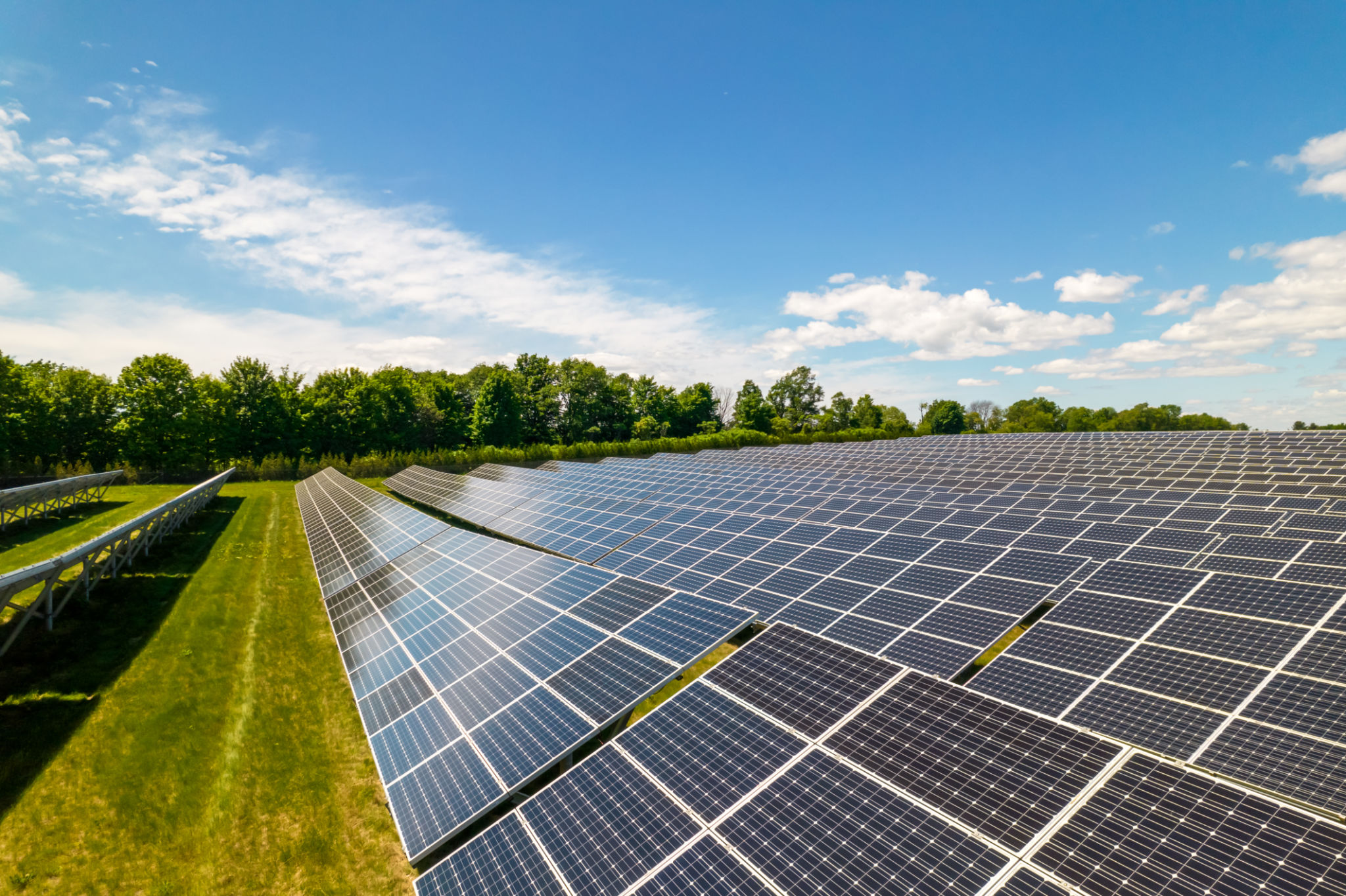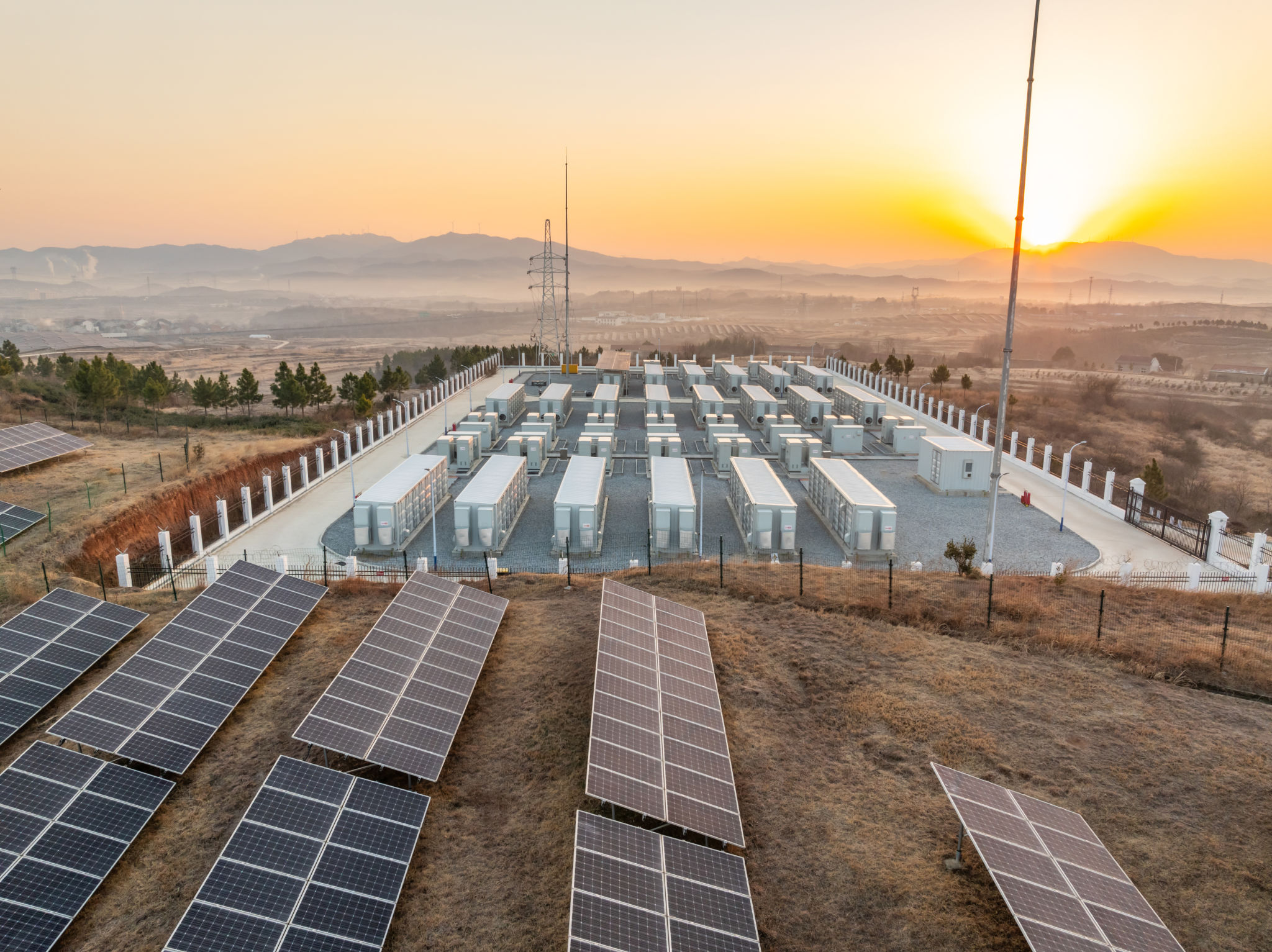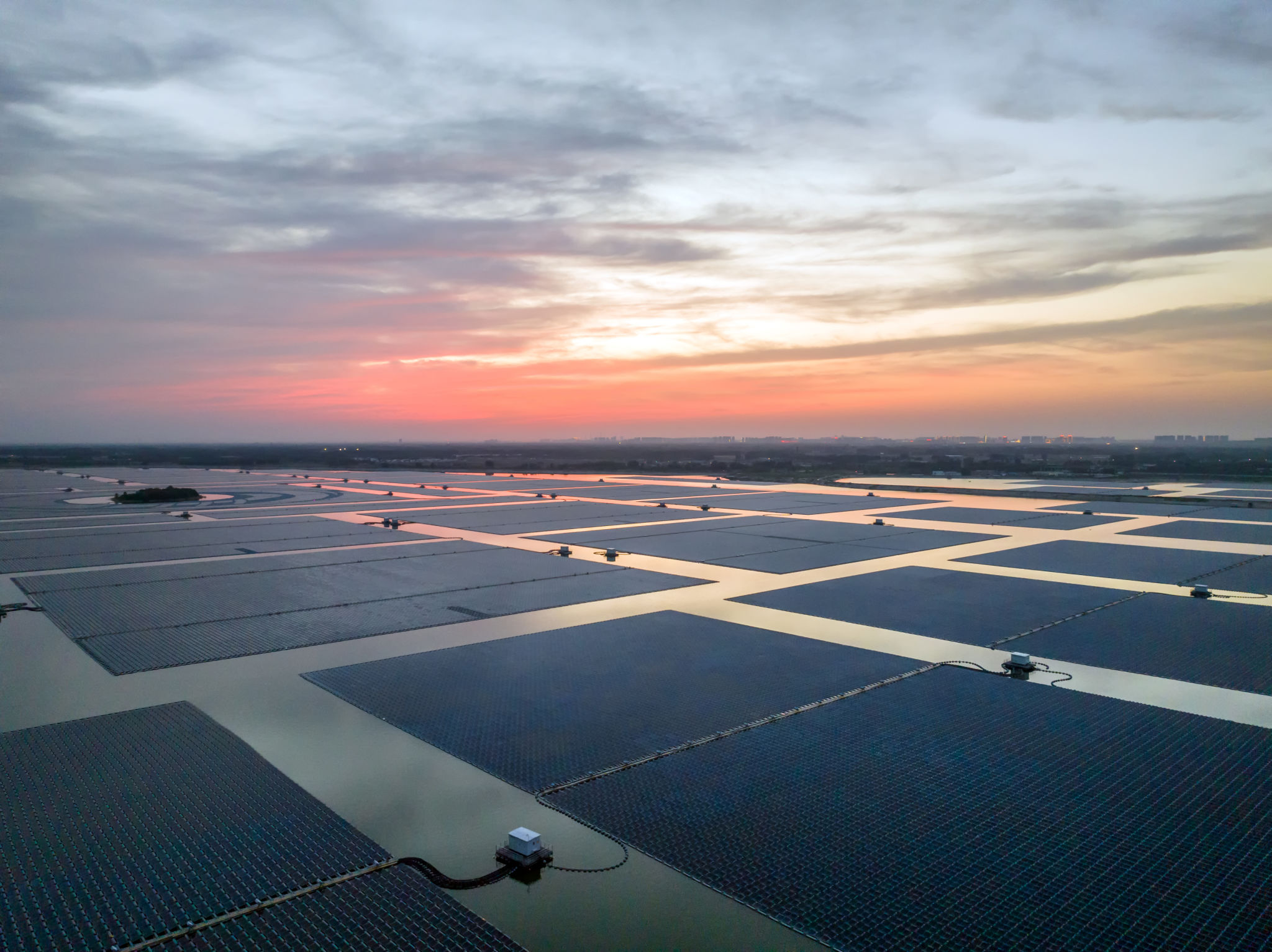Exploring the Latest Trends in Solar Energy Technology
Introduction to Solar Energy Trends
Solar energy has become a cornerstone of sustainable development, offering an eco-friendly alternative to traditional energy sources. As technology advances, the solar industry continues to evolve, introducing innovations that are more efficient, cost-effective, and accessible. This blog post explores some of the latest trends in solar energy technology that are shaping the future of clean energy.

Advancements in Photovoltaic Materials
The core of solar technology lies in photovoltaic (PV) cells, which convert sunlight into electricity. Recent advancements in PV materials have led to the development of more efficient and durable solar panels. Perovskite solar cells, in particular, have gained attention due to their potential to surpass traditional silicon-based cells in efficiency while reducing production costs.
Researchers are also experimenting with tandem solar cells, which combine different materials to capture a broader spectrum of sunlight. These innovations promise to significantly boost the efficiency of solar panels, making them an even more viable option for widespread adoption.
Integration of Solar with Smart Technology
Another exciting trend is the integration of solar technology with smart systems. This includes the use of artificial intelligence (AI) and the Internet of Things (IoT) to optimize energy consumption and production. Smart grids, powered by AI algorithms, can predict energy demand and adjust solar output accordingly, ensuring maximum efficiency.

Additionally, smart home systems now allow homeowners to monitor and control their solar energy usage through mobile apps. This not only enhances convenience but also empowers users to reduce their carbon footprint actively.
Solar Energy Storage Solutions
Energy storage has long been a challenge for renewable energy sources. However, recent advancements in battery technology are making it easier to store solar energy for use when the sun isn't shining. Lithium-ion batteries remain popular, but new alternatives such as solid-state batteries and flow batteries are emerging.
These advanced storage solutions offer longer lifespans and improved safety features, making them more suitable for residential and commercial applications. Enhanced storage capabilities ensure that solar energy can provide a reliable power supply even during nighttime or cloudy days.

Bifacial Solar Panels
Bifacial solar panels are gaining traction due to their ability to capture sunlight from both sides of the panel. This innovative design increases overall energy generation, especially in areas with highly reflective surfaces like snow or sand. By utilizing both direct and reflected sunlight, bifacial panels can achieve up to 30% more energy output compared to traditional panels.
This trend is particularly beneficial for large-scale solar farms, where maximizing energy yield is crucial. As technology improves, bifacial panels are expected to become more affordable and widely adopted.
Floating Solar Farms
With land becoming increasingly scarce, floating solar farms offer a unique solution. These installations are built on bodies of water such as reservoirs or lakes, providing a dual benefit of generating renewable energy while reducing water evaporation.

Floating solar farms take advantage of unused water surfaces, often leading to cooler operating conditions that enhance panel efficiency. They also have minimal impact on local ecosystems compared to land-based installations.
The Future of Solar Energy
The future of solar energy looks bright, with continuous innovations driving the industry forward. As these technologies mature and become more accessible, we can expect solar power to play an increasingly important role in global energy systems.
Embracing solar energy not only contributes to environmental sustainability but also offers economic benefits by reducing reliance on fossil fuels. As we move towards a cleaner future, staying informed about these trends will be crucial for individuals and businesses alike.